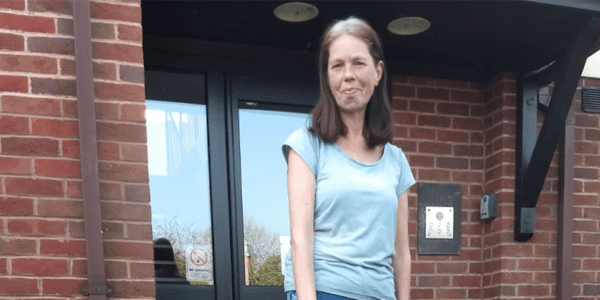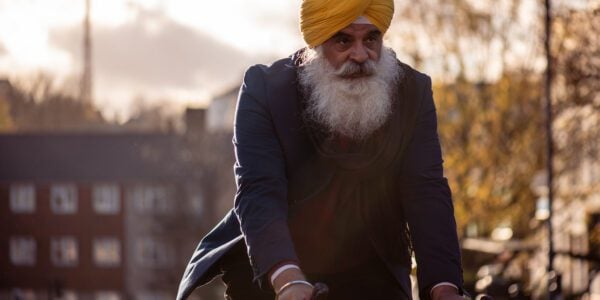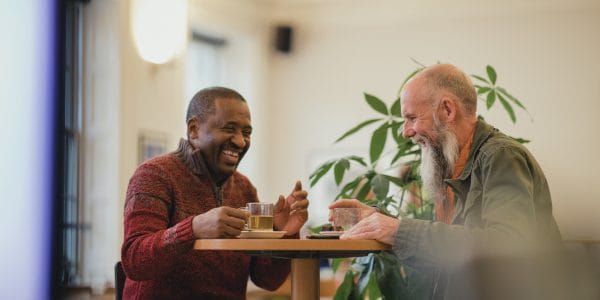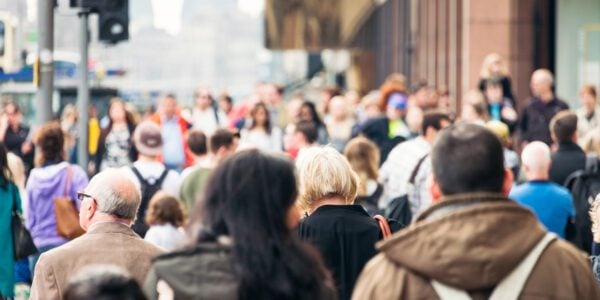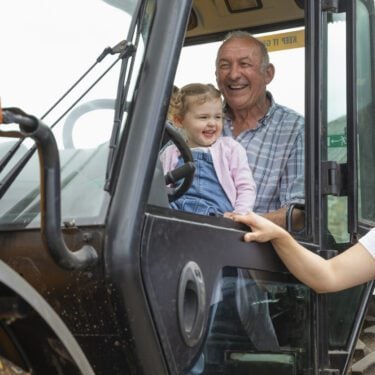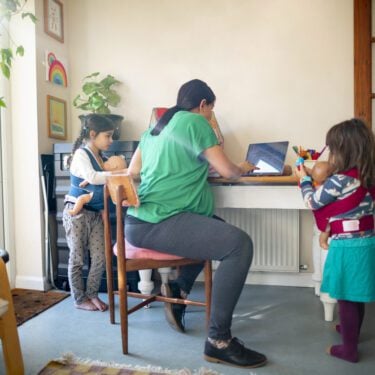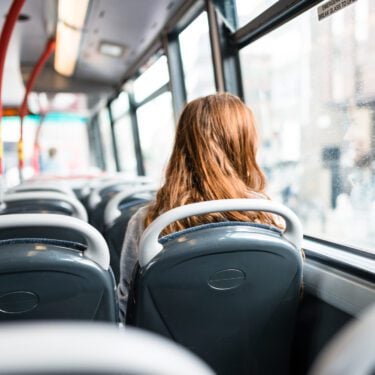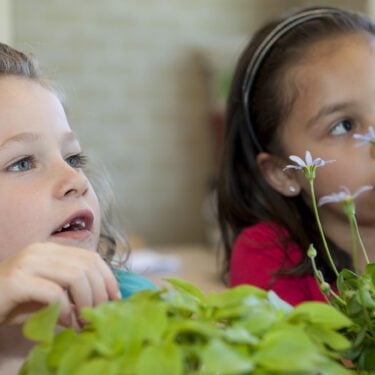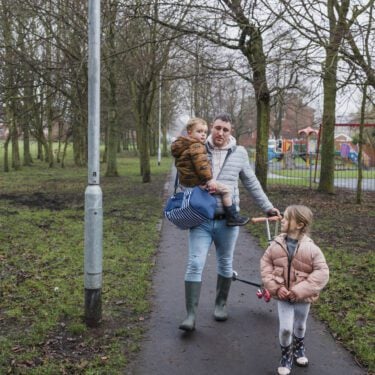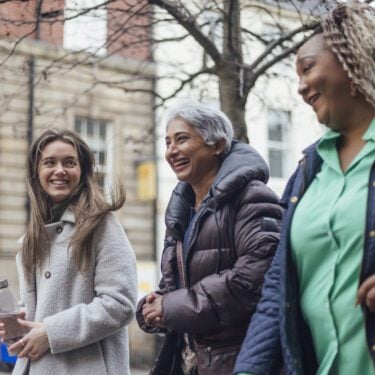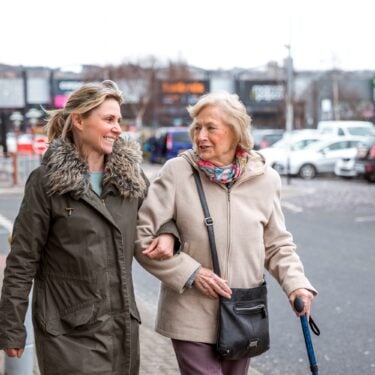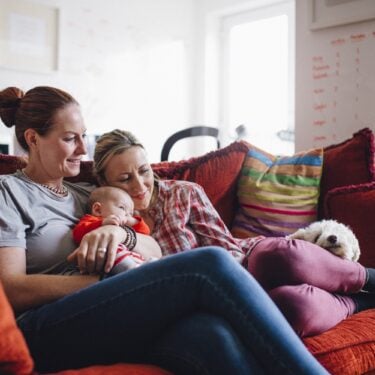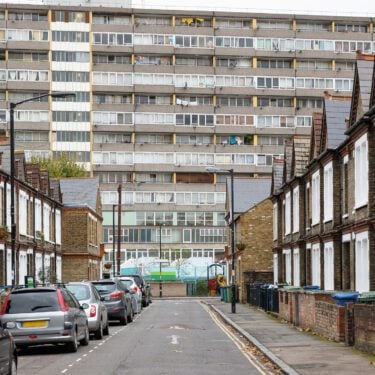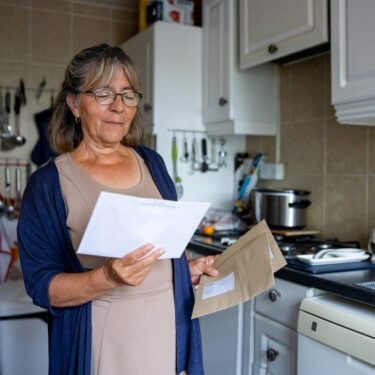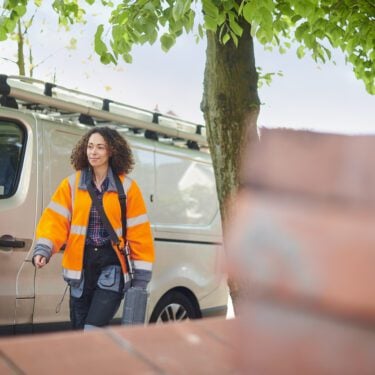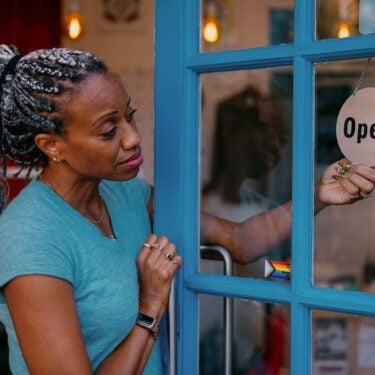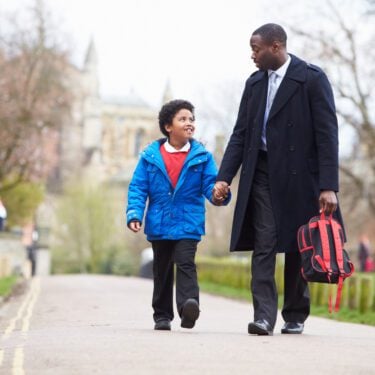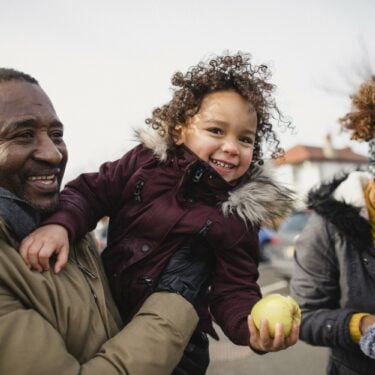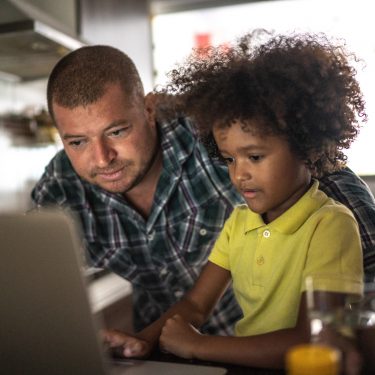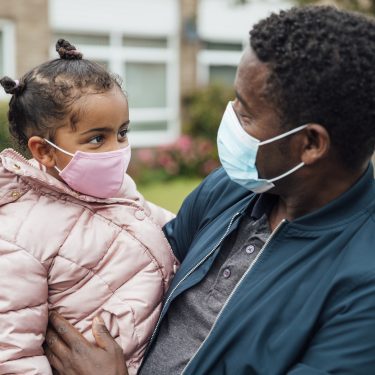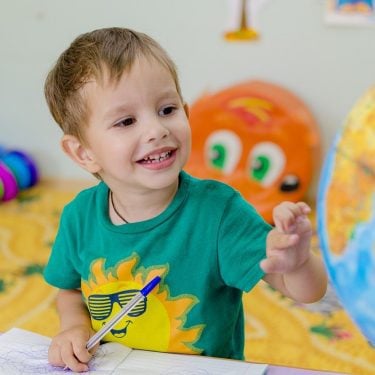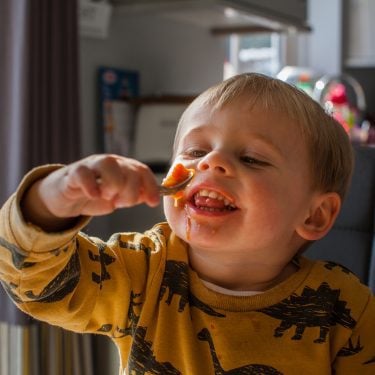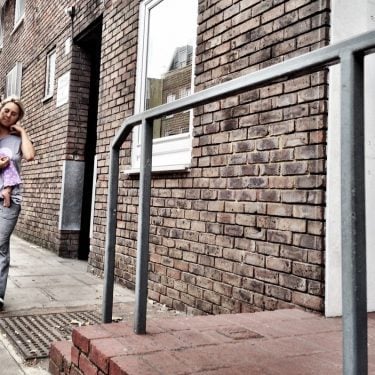
04/02/15
3 min read
A report published today shows a need for further policies that can help young people at the start of their working lives, steering them towards positive outcomes and helping them to achieve independence.
This brings personal benefits to those involved, but also offers substantial exchequer benefits, as there is strong evidence that adverse early labour market experiences have long-lasting effects, increasing the risk of unemployment and lower earnings as adults. The report is published by the NIESR and funded by the Nuffield Foundation.
Policy concern is often focused on young people who are NEET; not in employment, education or training. NEETs are a long-standing feature of the youth labour market and were, in fact, more common in the early nineties than they are now. Aggregate trends do not help with other important questions though. For instance, how much movement is there between the states of employment, education and training? Do some people get ‘stuck’? What are the warning signs that might alert us to an individual needing help?
The pathways young people tend to follow
Looking across the five years after compulsory schooling as a whole and taking account of the full extent of transitions made by young people, for most the school to work transition is successful. Some will experience a NEET spell occasionally, but this is only temporary and does not disrupt their longer-term success. However, for one in 10 individuals this is not the case, and unemployment and inactivity dominate their experiences.
The type of trajectory an individual will follow after compulsory schooling can be predicted with some reliability based on circumstances at age 16. The report’s authors estimate that, while virtually no young males with at least 5 GCSEs at A*–C at age 16 and who are living with highly educated and employed parents will experience a potentially problematic trajectory, this will be the case for almost 1 in 4 young males obtaining no GCSEs at 16 and living with unemployed parents holding low qualifications. This sheds light on the significant influence of structural inequalities in influencing later outcomes, and the extent to which they can impact future generations.
Early experiences affect later outcomes
Evolving experiences have a strong influence on subsequent transitions between employment, unemployment, education and other inactivity. The research team found that:
- staying longer in employment reduces the risk of unemployment while spending longer unemployed or inactive reduces the chances of finding work;
- unemployment spells and inactive NEET spells differ in their effects on subsequent outcomes; and
- the length of time spent looking for work does not affect the probability of becoming unemployed again.
Unsuccessful outcomes often occur following key decision points, particularly at the end of compulsory schooling and again two years later. This highlights the need for effective career advice and job-search assistance. Such advice should incorporate the insight that longer job searches do not appear to result in more sustained employment. Young people may be best advised to move into work quickly, rather than hold out for a better offer. If they can hold down a job sufficiently long, the risk of unemployment drops. This suggests a potential role for policy to support young people in the months following employment entry, to prevent dropout and a return to unemployment.
Labour market policies, as implemented by welfare to work programmes, often operate by requiring an unemployed person to get work experience or take part in training or some other activity. The team modelled the impact of a hypothetical intervention, with features designed to resemble a compulsory work experience programme. They conclude that while only illustrative, their results demonstrate that the impact of such interventions can vary depending on their timing and duration. This provides some clues for the design of policies aimed at improving young people’s employment prospects. The results also highlight the possibility that such interventions may have effects that are temporary rather than lasting.

